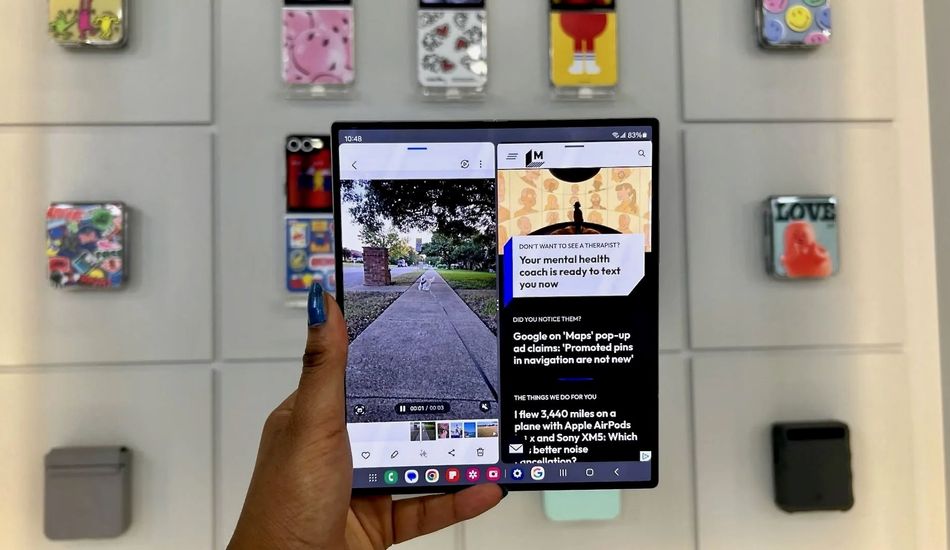
Galaxy Z Fold7: Leaks Point to a Radical Slimming of the Foldable
A recent report suggests that the upcoming Samsung Galaxy Z Fold7 could redefine the boundaries of foldable smartphone design by achieving an unprecedented level of thinness. The alleged specifications indicate a mere 8.2 millimeters when folded, potentially translating to approximately 4.1mm when unfolded. To illustrate this remarkable thinness, this is thinner than a stack of three US quarter coins.
This information, originating from X user @TheGalox and reported by SamMobile, signals a potential departure from the incremental improvements observed in the previous Galaxy Z Fold6, which measured 12.1mm when folded. Expectations are high for a substantial advancement in this year's model, aligning with a broader industry trend towards ultra-thin devices, including anticipated releases like the Samsung Galaxy S25 Edge and iPhone 17 Air in 2025.
The pursuit of ultra-thin designs presents significant engineering challenges, particularly in integrating components like cameras. Leaked renderings of the Z Fold7 reportedly show a noticeable protrusion of the camera module from the rear of the device, a common issue in contemporary smartphone design.
Conflicting reports exist regarding the precise thickness of the Z Fold7. Earlier leaks suggested a thickness of 9.55mm when folded, which, while still thin, is notably greater than the 8.2mm figure. Currently, the Oppo Find N5 holds the title of the world's thinnest phone at 4.21mm when unfolded.
The Future of Charging and Connectivity
Achieving extreme thinness raises questions about essential features like charging ports. The Oppo Find N5, for instance, is so thin that further reduction would preclude the inclusion of a USB-C port. This limitation raises the possibility of alternative charging solutions, such as the reintroduction of proprietary connectors or a complete transition to wireless charging and connectivity. The adoption of purely wireless solutions, however, presents its own set of compromises.
Source: Mashable